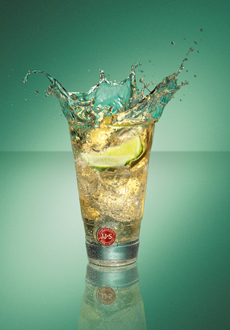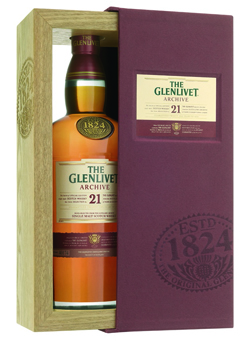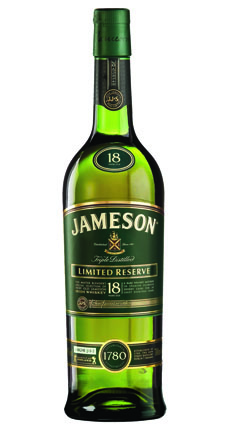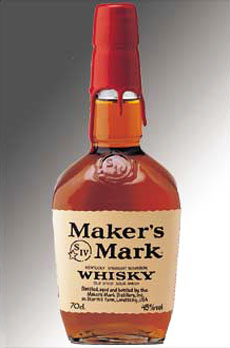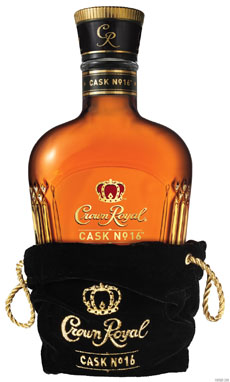Whiskey Types By CountryMost people base their preferences for whiskey on the particular location where their favorite bottle is distilled. Since the final product is determined by the water and the methods used to distill, store and age the whiskey, the flavor varies greatly in the different regions around the world.
The process begins with malted barley dried over peat fires, which gives the smoky flavor mentioned earlier. From there the barley is usually aged for at least three years. While many types of whiskey are produced in Scotland, it is the single-malt Scotches that are the most well-known and well-loved. Many believe the best Scotch whiskeys reflect the taste of the mountain heather, peat and seaweed present in the land from which it originates. Some familiar Scottish brands include Chivas Regal, Dewars, Glenfiddich, Glenmorangie, Laphroaig and The Glenlivet.
It is often suggested that beginners start with Irish to ease their way into whiskey drinking. Due to a relatively mellow yet flavorful character, it is less intimidating. In fact, Irish whiskey is so light that most people drink it straight or on the rocks. It’s also an excellent cocktail mixer in a Manhattan. Some popular brands of Irish whiskey include Bushmill’s, Connemara, Jameson and Tullamore Dew. There are six different types of whiskey made in the U.S.: American blended whiskey, Bourbon, corn whiskey, rye whiskey, Tennessee whiskey and wheat whiskey. Bourbon & Tennessee Whiskey Bourbon, which is produced in Kentucky and elsewhere (there’s no law requiring it to be produced in a specific location), and its neighbor, Tennessee whiskey, are distinguished in flavor from other types of whiskey, primarily due the fact that the grain mash used to make them contains more than 50% corn. The home-brewed versions—“moonshine” and “hooch”—follow a similar formula but lack the finesse of a fine product aged for four years or longer.
The United States also produces rye whiskey, as does Canada. Rye whiskey is defined as whiskey that has more than 50% rye in the mash. It is often quite assertive in flavor. Jim Beam Rye (yellow label), Michter’s, Old Overholt, Pikesville, Sazerac, Templeton, Wild Turkey and the pricey Old Potrero* are examples. Templeton is supposedly based on a recipe that was Al Capone’s favorite. *Made with 100% malted rye grain in pot stills at San Francisco’s Anchor Distillery, there are three bottlings of Old Potrero: 18th Century Style, 19th Century Style and Hotaling’s Rye Whiskey, named for the A.P. Hotaling & Company warehouse on Jackson Street. This building, filled with whiskey, survived the 1906 San Francisco earthquake. Good rye is a spicy, attractive drink drunk neat, smooth but not sweet. We can see Capone’s attraction. In fact, prior to Prohibition, rye was more popular than Bourbon, drunk straight (if that doesn’t appeal to you, enjoy it in a Manhattan). When Prohibition ended, for some unknown reason, American distilleries turned to Bourbon over rye—possibly because corn is less expensive than rye. Expect a rye renaissance. Be the first on your block to buy a bottle of good rye and share it with your friends.
Other Countries A number of other countries—including Great Britain, Japan, Germany, Switzerland and New Zealand—also produce whiskey. The four nations above were presented in detail because they are best-known for whiskey production.
Go To Page 4: Tasting Whiskey: The Role Of The Senses © Copyright 2005- Lifestyle Direct, Inc. All rights reserved. Images are the copyright of their respective owners.
|

The Nibble Blog
The Latest Products, Recipes & Trends In Specialty Foods
The gourmet guide you’ve been waiting for. New food adventures are served up daily. Check it out!

Food Glossary
Our Food Directories Are "Crash Courses" In Tasty Topics
Your ultimate food lover’s dictionary packed full of information and historical references. Take a look!

Food History
Let the journey begin!
Learn about the history Of 1,000+ Favorite Foods & Beverages Let’s explore the history of your favorie goods together.Let the journey begin!

